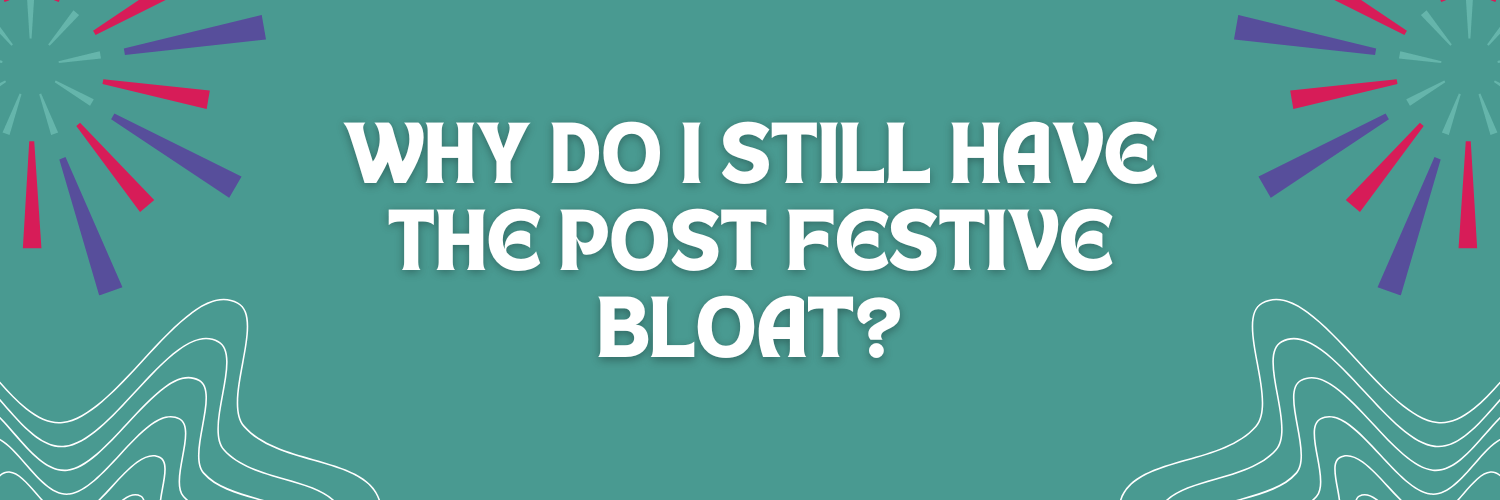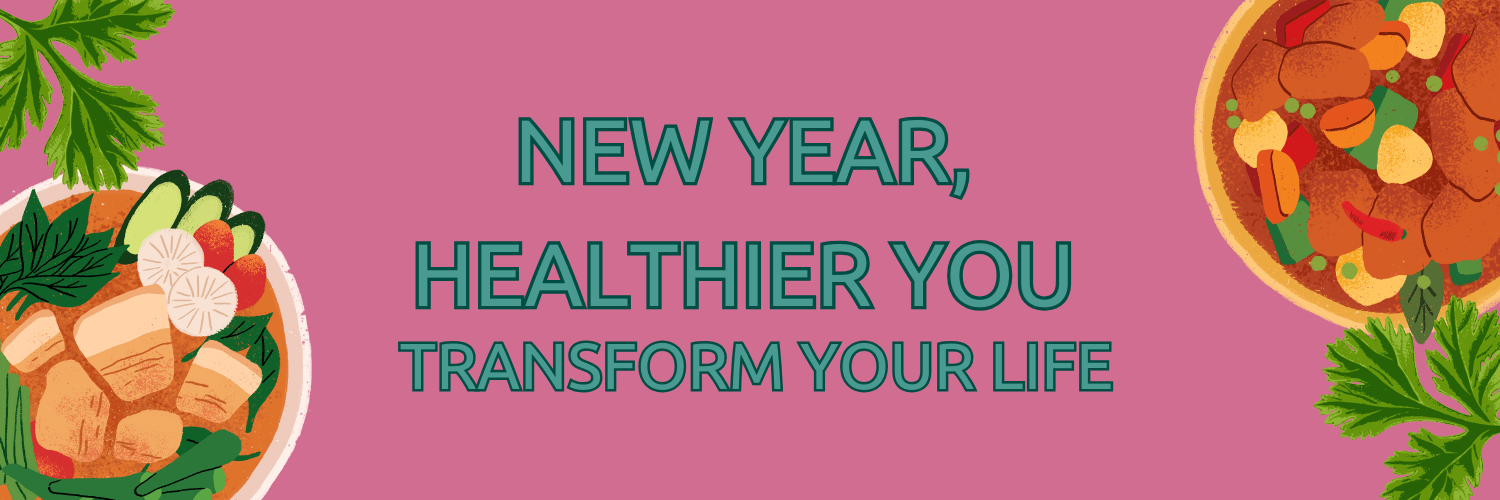Both intolerances and allergies can cause a lot of frustration when it comes to sorting out how to move your food-based life forward. One of the most common ones that can create a problem in day to day life is the discovery of sugar intolerance. Not only are intolerances often confused with each other (are you intolerant to sugar or lactose, for example), but they can often be misunderstood as allergies (and vice versa). So, understanding what you are dealing with is going to be important to take proper care of yourself.
Sugar intolerance symptoms
Sugar intolerance is when your body is unable to digest sugar properly. This can happen at any time in your life and is common after the holidays or other celebrations in which you eat a lot of sugar in a short period of time. Intolerance symptoms start a half-hour or even several hours after eating the lactose products.
- Stomach upset and nausea: Feeing queasy or nauseous is common when you are dealing with an intolerance. It happens because the stomach is filling up with a difficult-to-digest ingredient, and the stomach starts to be irritated.
- Flatulence and lots of rumbling: As the body struggles to process the sugar, you’ll experience flatulence and quite a lot rumbling in the stomach as well. This feels different to traditional stomach rumbling. It’s random and often is described as a chattering stomach.
- Joint pain and fatigue: Feeling achy and exhausted for no clear reason is another sign that you’re dealing with a stomach that is struggling to digest your food and is calling in more energy from other parts in your body.
Sugar allergy symptoms
An allergy is when your stomach is seeing sugar as a threat, and the body creates a reaction to start to attack it. A sugar allergy is considered to be pretty rare, and it is something that you would develop (and diagnose) in childhood. Some allergies are grown out of as you age, and others will stay on throughout adult life. Reactions are common in seconds or up to minutes after eating the problem food and are often stronger than an intolerance.
- Rash or hives: A rash on the face or elsewhere that appears suddenly is a common symptom. Sometimes the rash or hives can also just be flushing like you are overheated. This is because blood is rushing through your body to attack the sugar.
- Tightness in chest and tingling in the lips and throat: Having difficulty getting a breath in like a tightness in the chest as well as tingling in the face, lips or throat are other common reactions after eating sugar. They can be severe enough even to close your throat.
- Extreme stomach upset: If you notice that your stomach is extremely upset and you are feeling as though you’ve eaten something that is so bad you need to vomit it back up — almost immediately after eating it — this is another common symptom. Since your body sees it as a threat, it wants to project it out of the body as soon as possible.
Sugar intolerance and a sugar allergy are two very different health conditions that will require different kinds of changes to your life and your diet. Understanding which one you have is best done by getting an allergy test followed by an intolerance test. Best to know for sure!





